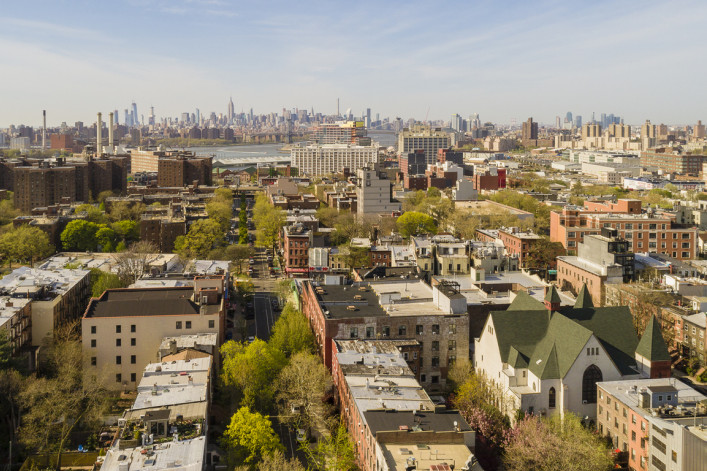Listings in Brooklyn and Queens fell sharply in March as sellers hold back

According to Douglas Elliman’s first quarter sales market report for Brooklyn, Queens, and Riverdale, listings fell sharply at a time when things are traditionally heating up for the spring sales season.
iStock
New York City buyers haven’t made the leap to virtual showings and remote transactions in the same way as renters, who are continuing to sign new leases (although at a diminished rate) during the pandemic.
After all, it’s one thing to sign a one-year lease on an apartment that you have only seen online, it’s quite another to commit to buying a place you can’t see in person. Sellers are also jittery—sellers typically become buyers themselves—and many decided against putting their apartments and houses on the market this spring. Talk about a domino effect.
That retreat from the sales market started mid-March when New York’s shutdown went into effect. According to Douglas Elliman’s first-quarter sales market report for Brooklyn, Queens, and Riverdale, listings fell sharply at a time when things are traditionally heating up for the spring sales season. The same scenario occurred in Manhattan, where sales have paused.
“Sellers just don’t know when the crisis will end,” says Jonathan Miller, president and CEO of appraisal firm Miller Samuel and author of the report.
Inventory levels are a crucial window to the pandemic’s impact because first-quarter sales contract activity does not reflect the full impact of the coronavirus—because of the inherent lag time in getting contracts signed.
Prior to the pandemic, Brooklyn, Queens, and Riverdale “were showing fairly upbeat conditions. It’s the last two weeks that put us in a different market,” Miller says.
The length of the pandemic in NYC will make all the difference, Miller says. “The longer it lasts, the more damage to the economy.”
Pricing and sales figures below depict a pre-pandemic view of the market, while inventory drops largely indicate the pandemic’s effect.
In Brooklyn, the average sales price rose above $1 million for only the third time, and the median sales price rose by 5 percent to $803,399. The number of sales jumped from last year and was up 13.9 percent. Inventory fell 18.3 percent.
Queens saw the number of sales rise annually for the second, straight quarter. The median sales price rose 7.4 percent to $590,585—the median sales price has not seen a year-over-year decline in 16 quarters. Inventory dropped by 13.5 percent.
There were mixed results in Riverdale, where the median sales price declined by 6.6 percent to $285,000 and the number of sales surged year over year after five quarters of declines. Listing inventory rose 2.6 percent.
Other market reports
Year over year signed contracts fell in the first quarter, according to Compass’ Brooklyn first-quarter market report. They could have exceeded 2019 if not for the extreme softness in the market, the report says.
There was a surge of prices and activity in the luxury segment, especially for properties priced above $3 million, according to CORE’s Brooklyn first-quarter market report. Prices appreciated at much greater levels than in previous quarters in Northwest and East Brooklyn.
Brown Harris Stevens’ first-quarter Brooklyn market report found the median sales price for Brownstone Brooklyn apartment was up 8 percent.
Halstead’s first quarter 2020 Brooklyn residential market report found price increases for co-ops, condos, and townhouses, with townhouses showing the biggest jump.
You Might Also Like




























